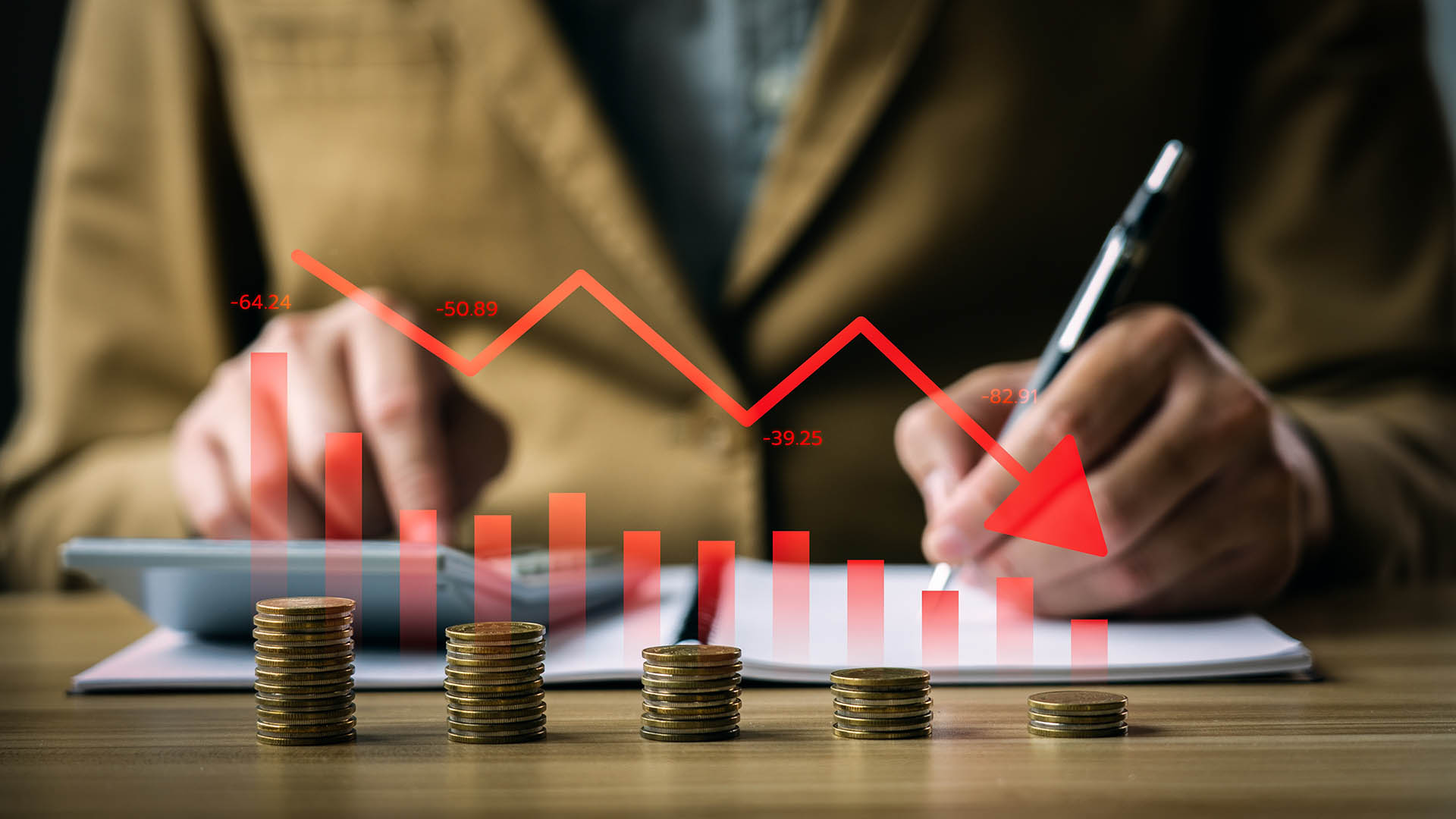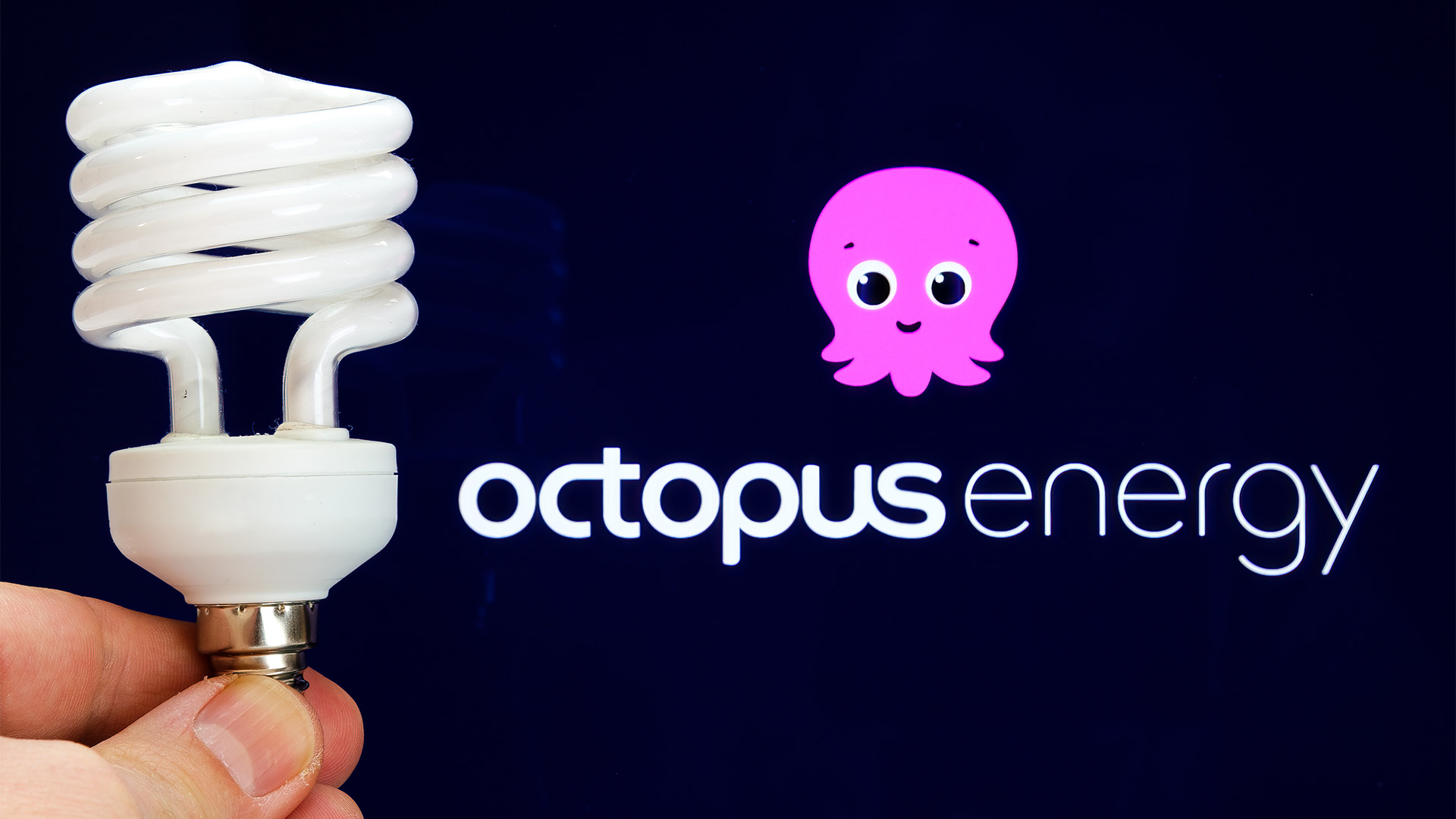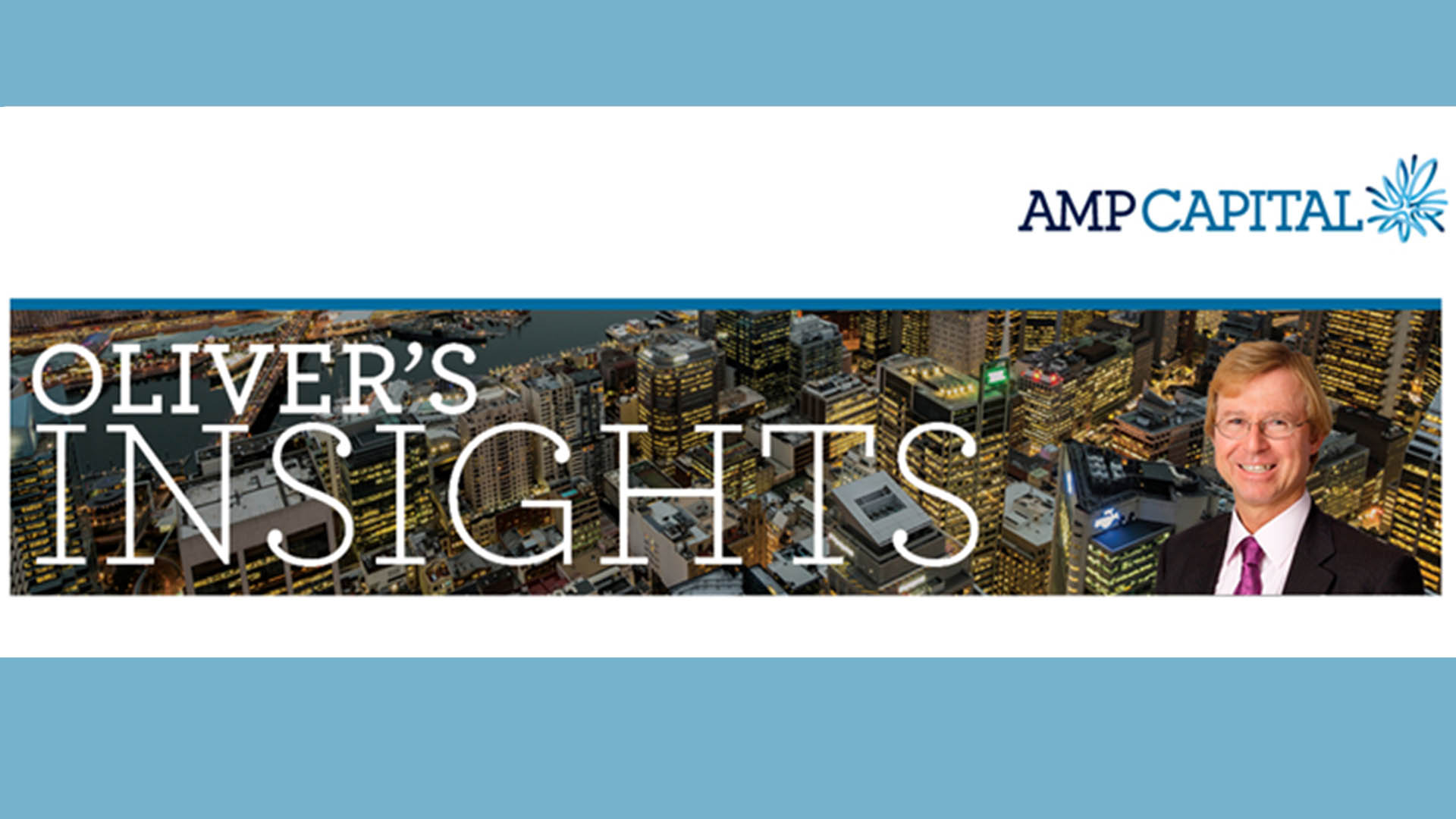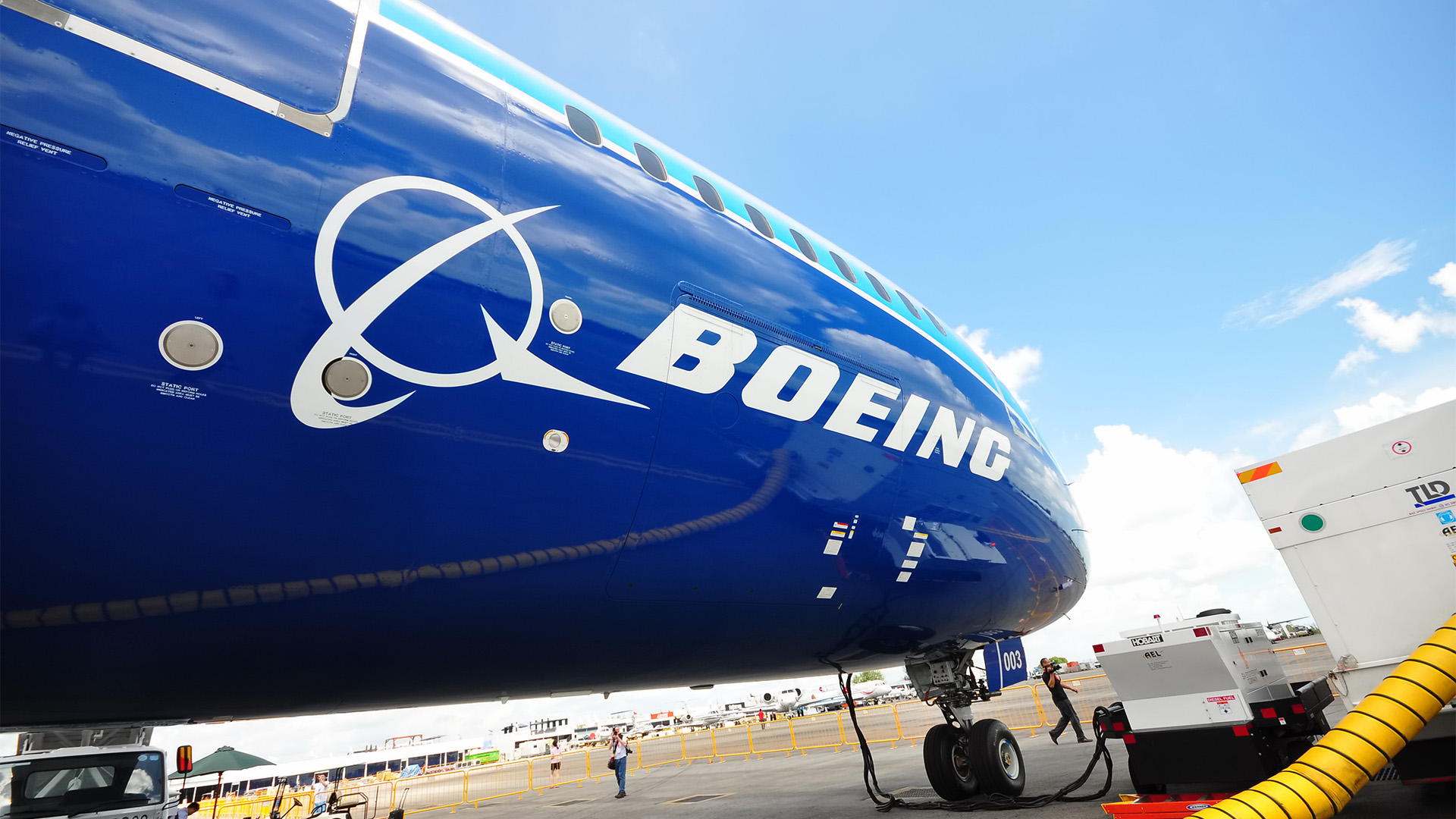New Reserve Bank Governor, Michelle Bullock, is on a 'hiding to nothing' at next Tuesday's policy meeting of the central bank after the latest consumer price data produced a mixed result.
Ms. Bullock has made it clear in her four public statements since taking the top job five weeks ago that, under her leadership, the RBA will have a "low tolerance" for inflation that is slow to fall.
And on the face of it, that's what she got in the September quarter's Consumer Price Index and monthly CPI indicator for September—growth in prices and a fall in prices.
It is a question of which one more accurately reflects the price pressures still across the economy. Economists say that, given the mixed nature of the data and the fact that the RBA board came close to a rate rise in October, a rate increase next week is almost a 'given.'
If the RBA lifts rates, she will be accused of pushing the economy closer to recession in 2024 (and economists like the AMP's Shane Oliver believe there's a good chance a recession could happen next year without a further rate rise).
If she doesn't, she will be told she is 'soft' on inflation by economists, analysts, and the 'know-nothings' at the Australian Financial Review.
So it's a real 'fork in the road' for the new Governor so early in her career, especially as there were no real leads from yesterday's inflation data.
The Australian Bureau of Statistics said the Consumer Price Index for the September quarter rose by a larger-than-expected 1.2%, instead of the forecasted 1.1% rise by most economists (though some forecasted a 1.2% rise).
That saw the annual rate fall to 5.4% from 6.0% in the June quarter, marking the lowest annual rate in 18 months.
The closely watched measure of underlying inflation, the trimmed mean, increased by 1.2% in the quarter, although the annual rate fell to 5.2%.
The culprits—higher petrol costs (outside the RBA's control), higher electricity costs (likewise), and higher rents (aided by the RBA's rate rises and government inaction on new home building). Childcare costs fell due to government intervention, electricity costs were lower for the same reason, as were rents.
The monthly indicator showed a rise of 5.6% in the annual rate from 5.2% in August, with petrol and housing costs as the major drivers.
Over the past year, rents have climbed by 7.6%, marking the largest annual increase since 2009. The rental rise would have been larger but for an increase in Commonwealth Rent Assistance, which started in late September, reducing the quarterly rise by 0.3 percentage points.
The ABS's head of price statistics, Michelle Marquardt, said the September quarter result was up on the June quarter when prices increased by 0.8% (when petrol prices fell).
"While prices continued to rise for most goods and services, there were some offsetting falls this quarter, including child care, vegetables, and domestic holiday travel and accommodation," she said.
Food prices were up by 0.6% in the quarter, the smallest increase in two years (since September 2021).
This was driven by a rise in the prices for restaurant and takeaway meals, and as giant retailer Woolworths confirmed in its September quarterly report, prices for fruit and vegetables fell 3.7% in the quarter due to a surge in supplies across the board.














